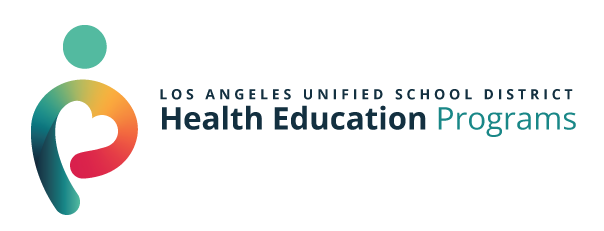About Us
Beliefs
We believe that all children must be healthy to be educated and must be educated to be healthy. We believe that student academic outcomes depend upon safe and supportive environments and drug-free schools to be healthy, resilient youth.
Vision
The vision of the Health Education Programs unit is for all students to have optimum physical, social, and emotional health and have campuses that are violence-and drug-free so that they will be enthusiastic learners and able to achieve their highest academic potential.
Mission
The Mission of the Health Education Programs Unit is to assist schools in providing for the health education needs of all the students and ensuring that campuses are violence and drug-free environments where students and other stakeholders can be safe and where all students can achieve their highest academic potential.
What is Health Education?
- personal & community health
- injury prevention & safety
- alcohol, tobacco & other drugs
- nutrition & physical activity
- growth, development & sexual health
- mental, emotional & social health.
Why Teach Health?
- Recent research indicates that adolescents who use drugs have been found to have reduced attention spans, lower interest in homework, lower grades, more negative attitudes toward school, increased absenteeism, and higher dropout rates.
- Coping difficulties associated with stress-related violence both at school and at home threaten academic performance and are exhibited by lack of interest and behavior problems at school, low grades, low self-esteem, and a high dropout rate.
- Emerging evidence suggests exposure to violence has lifelong effects on learning.
- Exposure to neighborhood and school violence contributes significantly to the prediction of poor school attendance, inappropriate behavior, and low grades among a sample of secondary school students.
- Schools that enhance child skill development through health education, parenting classes, and teacher training see increases in students’ school connectedness and achievement.
- Childbirth during the high school years is associated with significantly reduced academic achievement and other negative education outcomes.
Health and Academics (CDC)
https://www.cdc.gov/healthyschools/health_and_academics/index.htm
“What we do in the name of health, safety, and well-being is linked with teaching and learning. Teaching and learning can’t take place if students aren’t healthy, aren’t physically and mentally fit, or aren’t safe”
